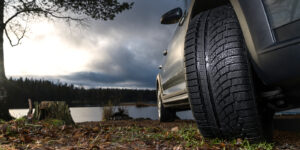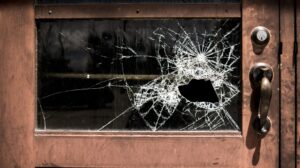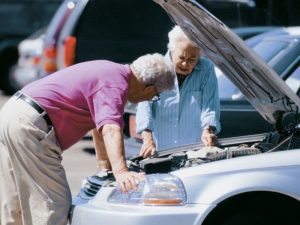
A typical marine diesel engine produces power using hot compressed air that ignites fuel sprayed under high pressure into the cylinder head. This type of engine doesn’t have a carburetor to mix air and fuel or spark plugs to ignite the air-fuel mixture. Instead, the engine utilizes pistons to compress air to 3000 kPa, causing it to become very hot and ignite the fuel immediately it’s injected into the cylinder. If your boat’s engine develops any mechanical issue, you’ll need marine mechanical service and not any other type.
Some marine-based diesel engines come with a heater plug affixed in the inlet manifold to provide extra heat to the combustion air while starting. Diesel engines are slower revving and heavier than petrol engines. However, they happen to be more reliable as they don’t rely on electrical spark or external carburetion to ignite.
Newer engines utilize an electronic fuel injection system (EFIS) where air and fuel are mixed more effectively in the pre-combustion chamber before they get into the cylinder. The system enhances fuel economy and power and leads to less pollution.
Marine Mechanical Cycles
If you’re a boat owner, then you should understand how your engine works. The majority of reciprocating piston internal combustion engines operate on either of these mechanical cycles – the two-stroke or four-stroke cycle. The cycles are designed to designate, in the right sequence, the mechanical actions through which the air and fuel get access to the cylinder. Due to combustion, the gas pressure is converted to power, and eventually, the burnt gas is expelled from the cylinder.
2-Stroke Diesel Marine Engine
The 2-stroke engine utilizes two piston strokes to accomplish one power stroke. A stroke is the piston moves through the complete length of the cylinder. This type of engine fires twice as often as a 4-stroke engine (as we will find out below). A 2-stroke engine is simpler and smaller with fewer moving parts. The 2 stroke-engine can produce twice the amount of power a 4-stroke engine of the same size produces.
But, due to some extra fitting needed in a 2-stroke diesel engine such as governors and blowers, they tend to be very costly to produce.
4-Stroke Diesel Marine Engine
As the name suggests, the engine has four strokes in one full engine cycle. The following are the four strokes in the order they happen:
- Intake Stroke – When the inlet valve opens and the exhaust valve closes; the piston transitions from the top dead center (TDC to the bottom dead center (BDC). That creates a low-pressure area within the cylinder. Clean and filtered air jets through the open inlet valve relieving this low-pressure area and the cylinder is filled with air.
- Compression stroke – When both valves close, the piston transitions from BDC to TDC, which compresses the air. While this stroke is happening, the air is heated to temperatures high enough to ignite the fuel.
- Power Stroke – At about TDC, the fuel is sprayed into the hot and compressed air, where it ignites, burns, and expands. During this process, the valves are closed and pressure is subjected on the piston crowd. That forces it down the cylinder from TDC to BDC.
- Exhaust stroke – At about BDC, the exhaust valve opens and the piston begins moving from BDC to TDC. That drives the burning gas off from the cylinder via the open exhaust valve.
Final Thought
Finding a reliable marine mechanical service isn’t always easy. Therefore, ensure you take care of your engine. Steer clear of long periods of idling in what’s professionals call a “no-load” situation. That’s usually done to cool refrigeration or charge batteries but if performed repeatedly, it will glaze the engine bores and cause premature engine issues. As a boat owner, you should understand the fundamental marine diesel engine care and maintenance to ensure that you and your loved ones are safe.





